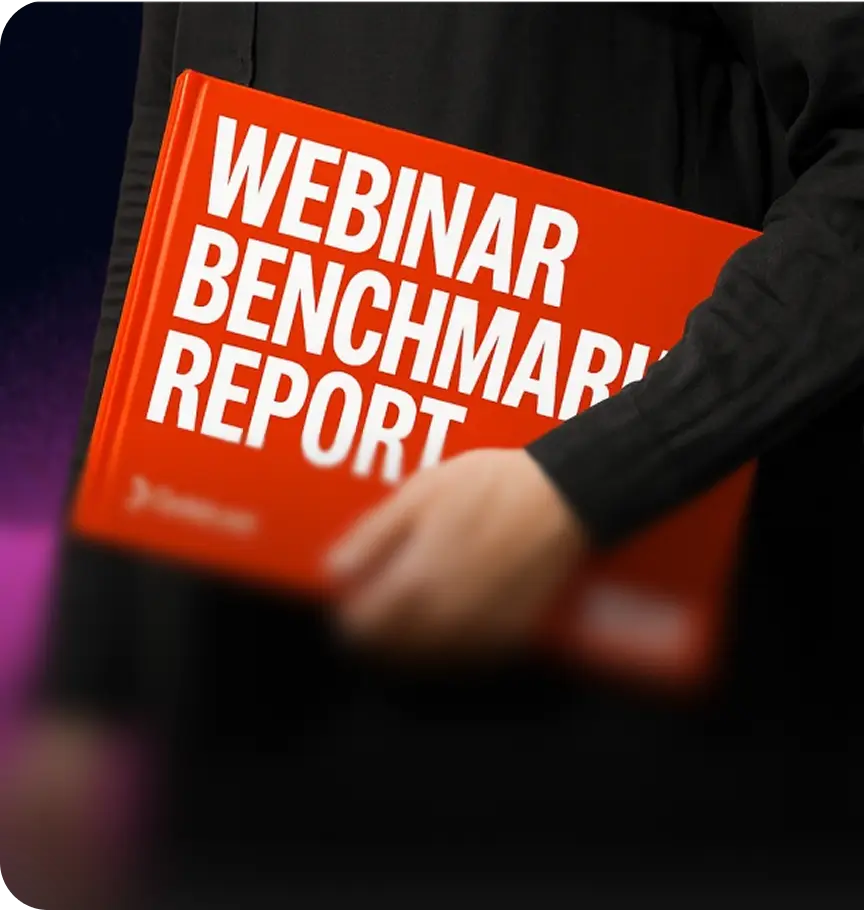Create Waitlist-Worthy Event Experiences With Goldcast

Table of Contents
- People are in their event fatigue era
- The modern event marketing challenge
- Wait list strategy #1: Create FOMO and host giveaways
- Wait list strategy #2: Think more niche
- Wait list strategy #3: Produce high-quality, mission-driven content
- Wait list strategy #5: Center the attendee experience
- After the event: Maximize ROI via content repurposing
- Key takeaways & next steps
Maximize Your Marketing ROI
Join 10,000 other marketers already getting the best tips on running engaging events that boost pipeline and create raving fans.
Nothing gets event marketing managers more excited than two little words: Wait. List.
Seriously — having so many people interested in your event that you have to backlog potential attendees is a dream come true! (Though we must point out that your waitlist may not be as excited about their status.)
A full room of people eager to hear what you have to say is the best-case scenario, but it doesn't just happen on its own. This is especially true in today's events climate, in which people are overwhelmed by their options and wary of mediocre events.
People are in their event fatigue era
There's no shortage of choices out there in the B2B space. Most companies are hosting some sort of event at this point and between the industry conferences, networking mixers, panel talks, and internal events, people are swimming in invites.
What may have felt like a rare opportunity for connection a few years ago has now been largely commoditized. At the same time, folks have become more discerning and critical of event experiences. Who among us hasn't sat through a poorly executed event that promised big results but delivered nothing?
This wave of fatigue is understandable, but it presents a big challenge for event marketers.
The modern event marketing challenge
To combat event fatigue, you've got to build excitement and hype for your events from the jump, while meeting your attendees where they are. It's all about quality over quantity now, baby!
Your event should always include:
- A clear value prop that speaks directly to audience members
- Expert speakers or panelists
- Accessibility options so a diverse audience can attend
- Thoughtful, personalized follow-up (even better if you repurpose the content to reach more people!)
Jess Hopp, Events Content Manager at Databricks, believes that despite the bad press virtual events get, they're actually very much thriving. Pulling off a strong event takes more intention than it used to, but that's not a bad thing — no one really benefited from "meh" programming, anyway.
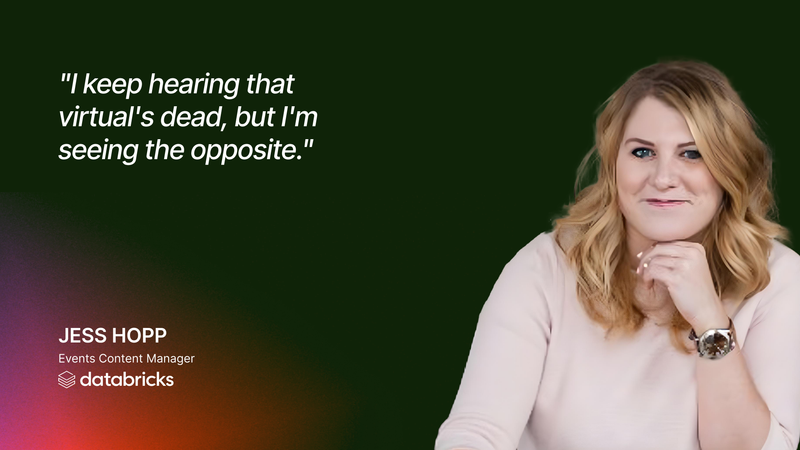
With that encouraging note in mind, let's examine how you can move through event challenges to create FOMO, engage your entire team and community, and find yourself with stacked wait lists!
Wait list strategy #1: Create FOMO and host giveaways
In a somewhat meta turn of events, Bethany Murphy, Senior Director of Global Events at SentinelOne, hosted a popular event at the RSA Conference called "FOMO," with Marshmello presiding as DJ.
To make the event live up to its name, they put everyone who registered on a wait list. This created an air of tension around the event; people weren't sure if they'd get in, and they definitely didn't want to miss out on the experience.
This is definitely a tactic that might be worth trying if you've got a high-profile speaker or host!
For a smaller-scale way to use FOMO, try giving away targeted swag items at your event. We love doing this at Goldcast! People go wild for a curated swag basket (even better if you can personalize items) and when you only give swag to people who showed up and engaged, you drive better numbers.
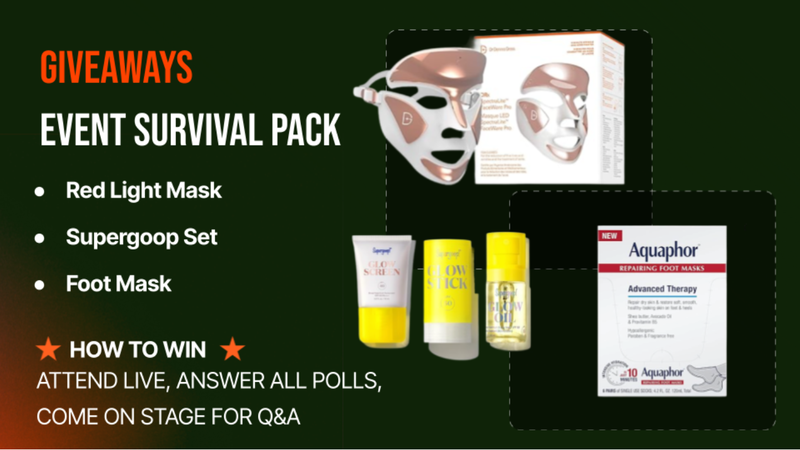
Here's what we gave away for this event!
To give you ideas, here are some of our favorite swag items we've personally received: 1) cappuccinos with our faces in the foam; 2) cowgirl hats with attendees' initials engraved in them; and 3) this AI note taker called PLAUD, laser-engraved with people's initials.
Wait list strategy #2: Think more niche
When Bethany was at 6sense, her team hosted a recurring third-party event each year at the Forrester B2B Summit. On paper, the event metrics seemed great. Lines were out the door, and people always had an amazing time.
However, upon looking more closely at the ROI, the team realized this event wasn't delivering in that department. It wasn't a good use of resources, and they needed to pivot.
They decided to cut the event budget by over 50% and create a unique offering called "Bubbles, Boots, and Bourbon." 6sense rented a boot shop in Austin, hired a lobster truck with caviar, champagne, and bourbon, and gave people a generous gift card to help them shop for boots.
The result? 6sense saw 20x more ROI than the first event! With "Bubbles, Boots, and Bourbon," they were attracting the right event attendees instead of a broader, less targeted group, and it certainly paid off.
Wait list strategy #3: Produce high-quality, mission-driven content
Jess notes that, particularly in the tech world, content is still king (or queen!). If people can rely on you to provide valuable content and keep them current in their knowledge, they'll trust you and be loyal to your events.
To create a solid content foundation that keeps people coming back, you need a guiding light. When you're running events, there's so much content being produced — between the keynotes, the breakout sessions, the lightning talks, and more — that you have to be clear on what drives your customers forward. Maybe that's expert speakers, or maybe it's customer panels. Every audience is a little different!
To hit the mark every time, Jess recommends crafting a charter or mission statement to ground your content. She views events as mini-businesses; they're individual branches off your bigger marketing campaigns. Having a mission statement to return to as you map out an event and create and repurpose content will keep things cohesive.
Wait list strategy #4: Collaborate cross-functionally
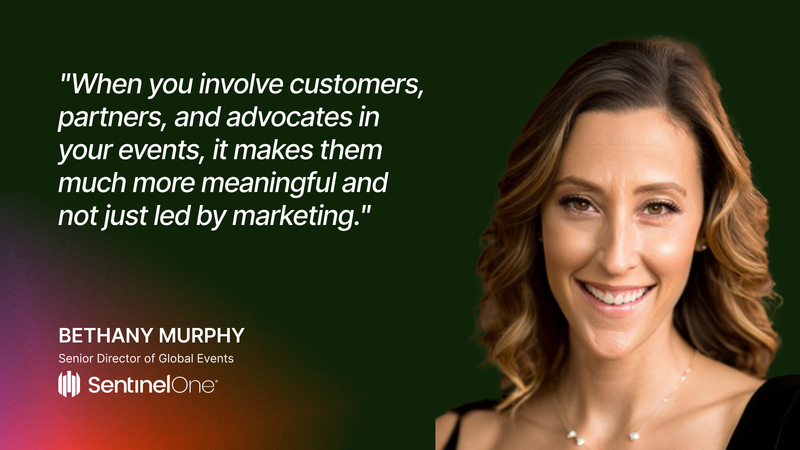
Ideally, you're activating people inside and outside of your company to promote your events.
Internally, your events simply cannot succeed without the support of the entire organization. Event leaders must foster alignment and communicate with product marketing, sales, PR, customer success, and other teams to drive event ROI.
From an external perspective, you want to build community in the larger ecosystem and sweeten the pot for attendees. We know that customers want to hear from people like themselves, not more salespeople.
You could start a customer advisory board and pull from that list for each event. Or perhaps create a Slack community and become the channel through which your audience connects with each other and gets their questions answered — all while building brand authority and Mindshare.
Making events a team sport: It starts from the top down
Of course, knowing that you need company-wide support and actually making it happen are two different things. What can you do if team members push back or resist your requests for help?
Getting everyone on board initially requires executive alignment. You need a C-suite member telling everyone in the company, "Hey, actually this is part of your job." Then, as you continue to build trust across teams and demonstrate that events are driving true business impact, it'll be easier to get all hands on deck.
Don't forget to frame events in a way that helps each department meet their specific goals. For example, if you're speaking to someone in sales, tell them that an event will help get their prospects in the room, and (as an example) 90% of prospects eventually convert. How can they not want to promote the event with stats like that?
Wait list strategy #5: Center the attendee experience
Aim for an event experience that people will talk about not only during the event, but long after it ends.
Bethany aims to create "surprise and delight" moments that are thoughtful, creative, and loop back to the brand. At 6sense, the team threw a legendary wrap party at the end of their annual user conference. It was a themed evening party, and they sent out a lookbook ahead of time so people could prep for their looks.
People showed up each time decked out and ready to party, and everyone walked away with great memories (and photos to share on social, which never hurts). That's an amazing way to invest in community and brand at the same time!
There's an operations side to this, too. Especially with in-person events, making it easy to pre-register, check in, find the hotel, and arrive on-site goes a long way with attendees. The best events feel seamless to attend, which seems simple but actually takes a lot of work on the back end. (Shout out to the ops teams making our worlds go round!)
After the event: Maximize ROI via content repurposing
If you catch yourself feeling like you just need to push through an event to get to the next one, you're missing the bigger picture. (No shaming! We've all done this.)
You can actually lighten your workload and keep folks engaged by repurposing the event content to strengthen your message and lead people to your future events.
Some repurposing ideas:
- Drop some of your breakout sessions or keynotes into your Slack community, if you have one. This feels exclusive to members and can entice them to sign up for your next event.
- Send snippets to your sales team to use for lead generation and outreach. This works really well if you're featuring a new product or feature.
- For high-investment events, create a sizzle reel to showcase the energy and make people want to sign up for the next one.
Events shouldn't be just a moment in time — it takes way too much of your time and energy for that! Instead, think about ways you can splice an event into smaller content assets and then use that to fuel your content strategy on all platforms for the next 3-6 months.
Key takeaways & next steps
- Creating a wait list-worthy event requires connecting directly with your audience and engaging internal and external advocates.
- Tip: Audit your current event programming to identify the "special sauce" behind your most popular events; this can help you create FOMO for future events.
- A good event is just the start. The content you generate, the conversations that begin, and the community that you're building all lead your attendees straight to future events.
Tip: Invest in content as a high-quality foundation, and repurpose event content to get the most ROI from your efforts.
Looking to create an waitlist-worthy event?
Transform Your Video Marketing with AI
Stay In Touch
Platform
Resources
© 2025 Copyright Goldcast, Inc. All rights reserved.



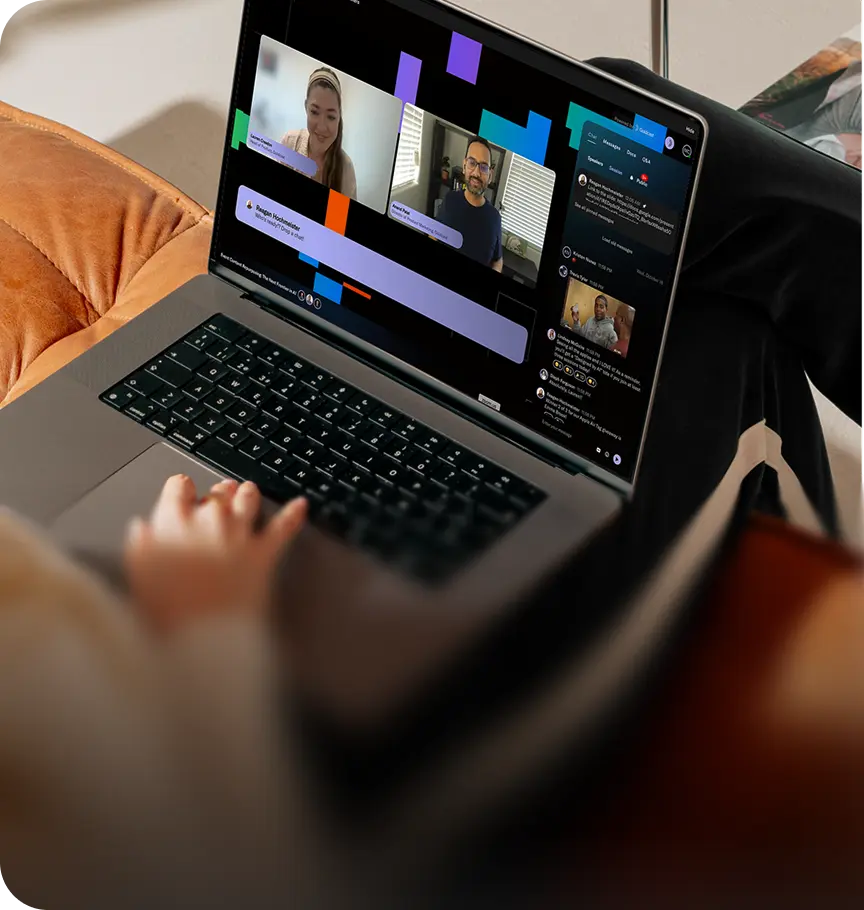

 Upcoming Events
Upcoming Events Event Series
Event Series On-Demand Events
On-Demand Events